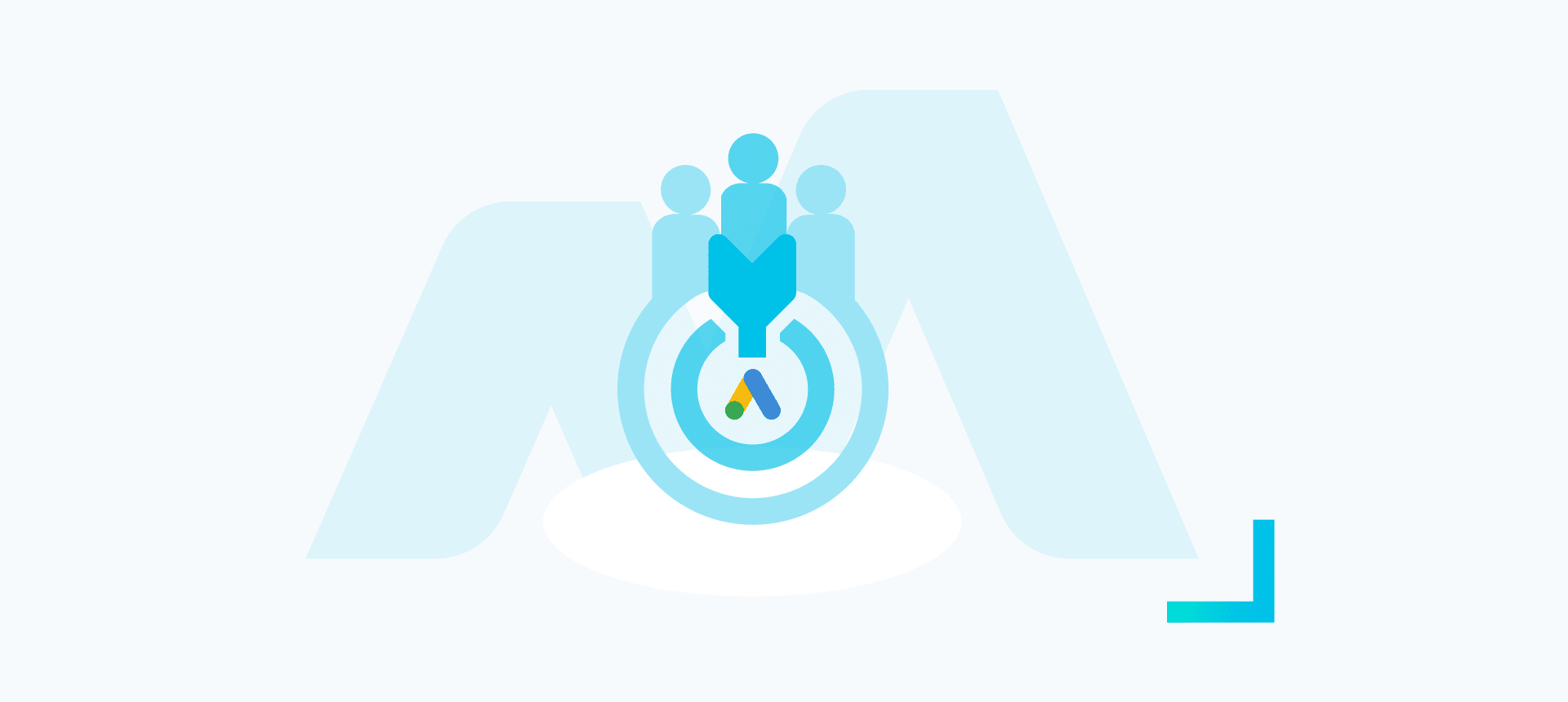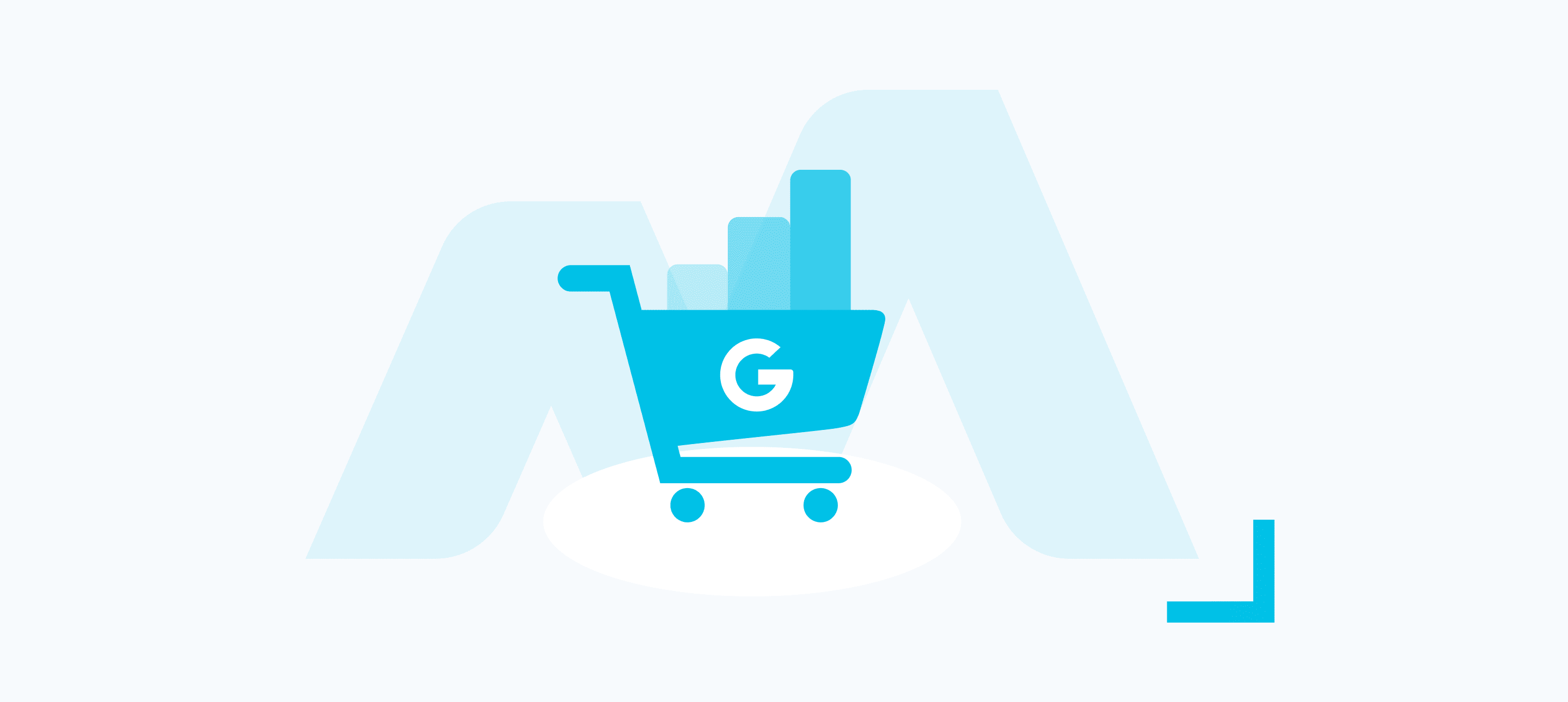The Power of Google Ads Audience Targeting
In the digital age, mastering the art of Google Ads Audience Targeting is the key to unlocking unprecedented success in your online advertising endeavours. Dive into our guide to discover how to elevate your campaigns and propel your brand to new heights.
Audience targeting is one of the most crucial elements to running a successful campaign that will reach the right users and drive conversions. Audiences allow you to reach the specific group of users most likely to convert and drive success metrics for your company. Additionally, they allow for targeting through each stage of the funnel and purchase process and apply to all ad types in some capacity, with PMAX being the most notably different, using audience signals instead of audience targeting like the others.
There are 4 main audience categories within Google:
- Google’s provided segments
- Your data-driven segments
- Custom intent segments
- Additional or other segments
Google’s Provided Segments
Within the audience tab in the Google ads interface, there are four pre-created categories that all advertisers have access to. These are broken out into:
- Affinity
- In market
- Detailed demographic
- Life events
These audience segments provide a great way to introduce yourself to audiences and provide an easy way to utilise established audiences that can apply to your targeting focus.
Affinity
Affinity audiences reach users based on their interests, lifestyle and hobbies. Users in these affinity audiences have shown a dedicated interest in the topic or search interest you have selected, allowing you to reach users likely to have an interest in your product or service as well.


In-market
This audience segment does what it says on the tin and compiles people who are actively researching products or services that you have listed and are therefore in the market for those products or services. In terms of the funnel, these audiences allow you to reach users who are nearly at the purchase phase of the process and offer a good chance for conversion because of this.


Detailed Demographics
Traditionally, demographics refer to user attributes like age and gender; but with the detailed demographics segment, you can go a level deeper than that and can target attributes like education level, marital status, parental status, employment and home-ownership status. This allows you to target demographic info that is less broad and blanketed than usual and reach a more qualified group of users.


Life Events
Unlike the other segments, life event targeting is exclusive to ads showing on YouTube, display network and Gmail. Still, it does as you would imagine and allows advertisers to target people who are going through important life milestones such as getting married, moving house and having a child. Due to the less frequent nature of these events, the segments tend to reach a smaller audience than most of the other segments, but they allow you to put the right message in front of a user at the right time.


For best results in Google Ads Audience Targeting, follow the best practices recommended by Google, ensuring your campaigns align seamlessly with your target audience.
Your Data Segments
Formally named remarketing audiences, your data segments allow you to utilise your data to retarget users based on how they have interacted with your business previously. This allows you to target people who have fallen off at specific stages of the purchase process. You can create a couple of options for retargeting audiences in this segment, with website/app/youthber visitor and customer match being the primary ones. It is worth noting that formally, similar segments fell into this category as well, but as of August 2023 Google has removed all similar segments from campaigns.
Website/App/YouTube Remarketing
Through this aspect of your data, you can retarget those who have visited your website, apps and YouTube page previously. From here you can pull info on when a user may have fallen off in the purchase process to retarget. This can range from someone who clicked on an offer on your site, to someone who added your product to their cart on your app.
With this kind of retargeting you know you are reaching users that have shown specific intent with your brand previously which gives those users a higher chance of converting.
Customer Match
With customer match, you can take information that customers have shared with you via a form, email or other data-gathering medium and upload that to Google ads to become a retargeting audience. Same as with the website/app/YouTube remarketing, this allows you to retarget users who have shown intent with your brand previously.
Custom Intent Segments
Through the custom intent segment, you can enter keywords, site URLs and apps that users have visited or searched and create a segment to target those individuals. It is important to note with custom intent that this is only applicable to display, discovery, Gmail, standard shopping and video-based ad campaigns, so these do not apply to search ads.
These are great when you do not want to use one of the designated audience segments provided such as affinity, and instead wish to target a group of users more specific to a certain situation or interest.
For example, instead of trying to reach people with an affinity audience around foodies, a restaurant may want to reach people with a more vested interest in fine dining. Using a custom segment they can pull people searching terms such as “fine dining restaurants”, “high-end dining” or “Michelin star restaurants” as well as using URLs from sites that mention things such as the top fine dining restaurants in their city and apps like yelp to produce an audience of people with more of that specific interest.
Additional/Other Segments
Outside of the core audience segments within Google ads, there are also a couple of additional audience segments that you can utilise, with combined segments being the most notable.
Combined Segments
Through the combined segment, you can pair existing audience segments together. This includes custom segments as well, giving the advertiser the ability to create very specific, targeted audience segments to better reach qualified users.
For example, as a restaurant, you could use an affinity audience for foodies, combined with a custom audience for fine dining and exclude any potential customers that are on your remarketing list.
Optimised Targeting
This defaults to on for all display, discovery and video (using sales, leads or website traffic goals) campaigns, and allows you to utilise the machine learning algorithm Google has in place to reach new and relevant audiences that are of good quality and likely to convert. This is done by the algorithm looking beyond just the audience segments you have selected and finding segments you may have missed to help meet the bid strategy of your campaign and boost performance. The bots crawl your landing pages and creative assets for relevant keywords that may apply to your campaigns and use them to try and improve performance and reach more users. It is worth noting that this can be turned off at any time.
Elevate Your Campaigns with Expert Google Ads Audience Targeting
By harnessing the full potential of audience targeting features, you can align your ads with the right audience at the right time, maximizing your campaign’s effectiveness.
Remember, the landscape of digital advertising is ever-evolving, and staying ahead requires constant adaptation. Regularly revisit and refine your Google Ads Audience Targeting strategy to ensure you’re capitalizing on the latest tools and trends. With a well-crafted audience targeting approach, your brand can not only survive but thrive in the competitive online market.
Our expert team is on hand to support you with everything from creative strategy to paid media management. Don’t just take our word for it – we’ve got the awards to back up our credentials. Interested in seeing how paid media can revolutionise your business’ success? Get in touch today.




